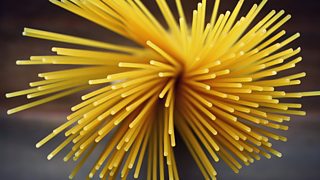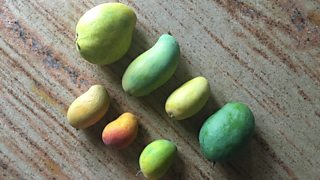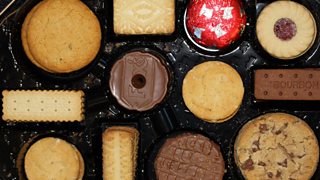Flavoursome facts about blending
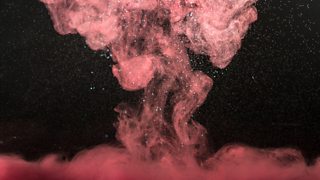
Why do we blend flavours? What is it about putting different tasting things together that has enthralled our taste buds for thousands of years?
In The Art and Science of Blending, Philosopher Barry Smith samples the finest blended whiskies, teas, perfumes and champagnes so you don’t have to. He asks why most flavours we now consume are blends, how these are made and what it is about our physiology that makes blends so appealing. Here are his most compelling findings…
Whisky

Why are blended whiskies so successful?
Barry Smith explores Scotch whisky blends
Scotch whisky was originally blended to appeal to more sensitive English pallets. By doing this, blended whiskies massively expanded the whisky market in the early 19th Century. In fact, whisky historian Nick Morgan argues that single malts only exist today because of their use by large blending houses.
Scotch whisky was originally blended to appeal to more sensitive English pallets.
For blended whiskies, a dependable, consistent flavour is essential for business. You’d think that blends like Johnnie Walker would use a set recipe, but you’d be wrong. Any one batch of Johnnie Walker is made using whisky from about 30 different distilleries, and its composition constantly changes. This is so that, no matter what the supply levels are from each distillery, a blend can always be made that keeps your dram tasting the same, bottle after bottle.
Tea
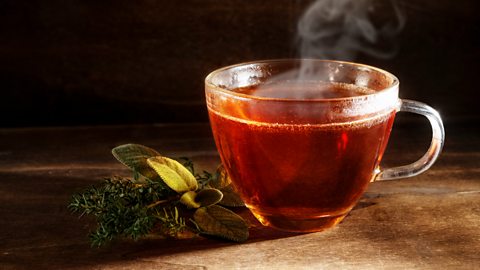
"It's as if you're falling down through the canopy of a forest."
Barry Smith has a cuppa.
Just like with whisky, mass-produced teas are generally blended from many different sources in order to keep your favourite tea tasting consistent in massive quantities. This is all masterminded by expert tasters, who safeguard the flavour of their company’s cuppa, tasting millions of brews in their working lives.
Even if you drink your tea from a single plantation, chances are their tea will be made from blends of different years.
Even if you’re a purist and prefer to drink your tea from a single plantation, chances are their tea will be made from blends of different years. There’s no escaping the blend.
Perfume

How do you blend a great perfume?
Barry Smith investigates fragrances.
Expert perfumer Sarah McCartney trained in music but now creates fragrances by conceptualising them as musical composition. She cites balance as key in orchestral compositions and perfume making. Just as an orchestra might have many cellos but no more than one piccolo player, you have to balance smells to create a perfect olfactory symphony.
Perfumes always have an additional, unpredictable component: the human body.
Skilled perfumers can develop scents from the most bizarrely specific of prompts. For example: Sarah blends a perfume evoking an early 20th Century British railway station, incorporating scents of overbrewed tea and mopped floors.
Sarah says that, unlike other blended products, perfumes always have an additional, unpredictable component: the human body. Some people can smell chocolatey whilst others might smell more woody - individual body odour interacts uniquely with a perfume. As such, different blends suit different people.
Champagne
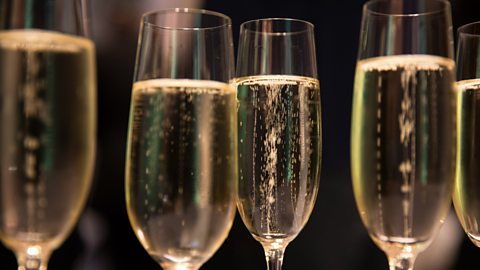
What's going on in your glass of bubbly?
Barry Smith investigates the art of making champagne.
Champagne is usually a blend, combining three different varieties of grapes (Pinot Noir, Pinot Meunier and Chardonnay), often from hundreds of different vineyards over many different years. It’s therefore nearly impossible to discern which vineyards had contributed to any one bottle.
Champagne is usually a blend, combining three different varieties of grapes.
Champagne blends are created just before the second fermentation process, so before the carbon dioxide is added. The bubbles add extra complication to the blend. In this and other blending processes, some flavours from the original blending parts remain while others disappear and create a whole new flavour. Oxford psychologist Charles Spence hypothesises that this reaction might stem from an evolutionary trait making certain chemical compounds stand out more than others, a sort of hazard warning for our brains. To us though, it just tastes like a nice, crisp glass of bubbly.
More from Radio 4
-
![]()
The Art and Science of Blending
Barry Smith explores our relationship with flavour and smell.
-
![]()
Ten tantalising facts about spaghetti
A look at our long and tangled relationship with spaghetti.
-
![]()
13 juicy facts about mangoes
Here are a few juicy titbits about the marvellous mango. Tuck in!
-
![]()
From Bourbons to Digestives: how biscuits got their names
The weird and wonderful world of biscuit names.
